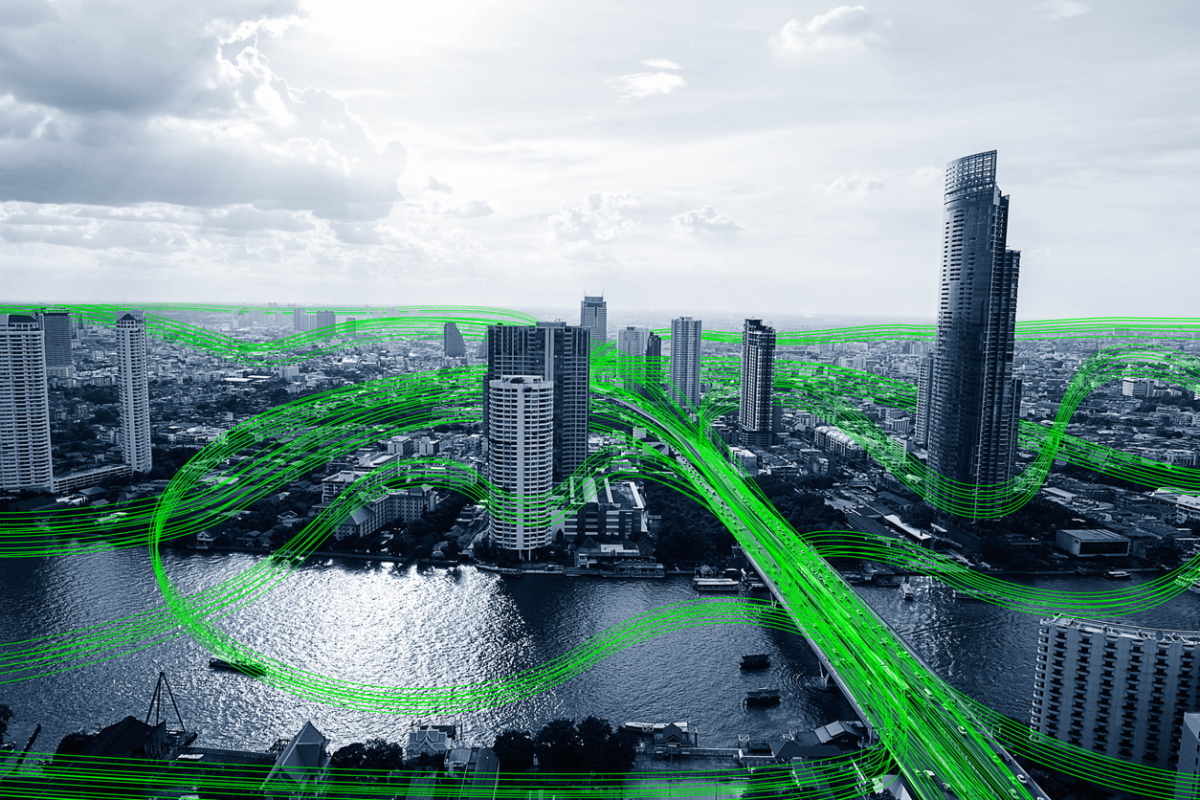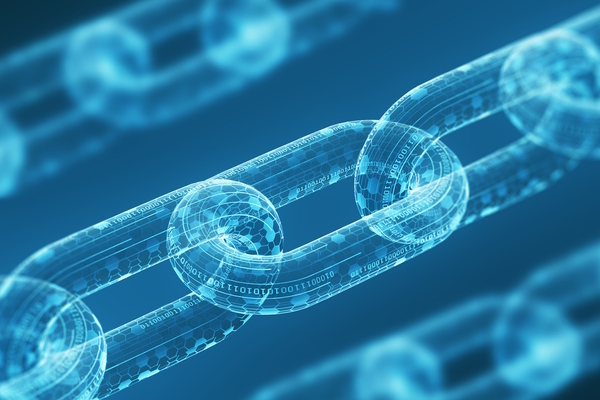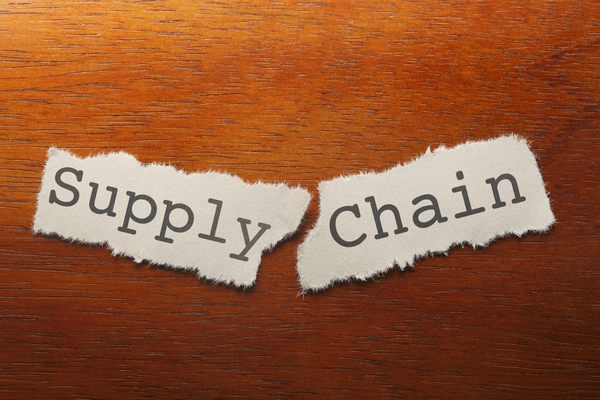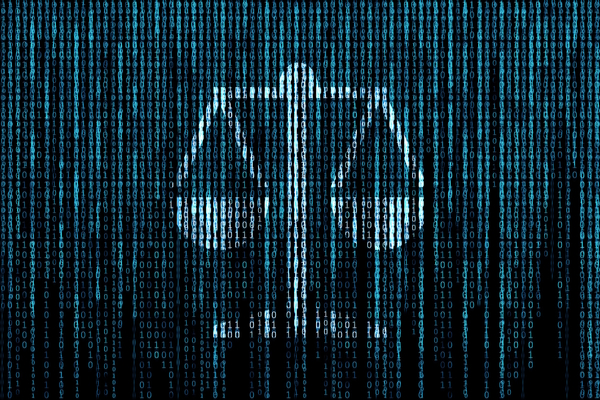Supporting the bottom line with green storage

As the energy crisis hits data centres Fred Lherault at Pure Storage explains how eco-friendly storage brings big savings and ESG benefits
Going green benefits the bottom line, bringing real savings on power, space and cooling bills. That makes green IT – and storage in particular – more important than ever during the global energy crisis.
That’s critically important right now for data centres that have seen electricity bills soar by up to 40% in the past three years to form between 10-30% of operating costs. However, careful selection of technology infrastructure can help bring costs down by over 50%.
That’s because flash storage provides denser and more efficient capacity but also because hardware modularisation and as-a-service approaches to data storage spend help you save by powering only what you need today. So, no more over-provisioning, forklift upgrades and the expenses, disruption and e-waste that come with them.
The need for green
Green IT and green storage affect the business directly. The next generation of young employees want to work for companies that show they care about the environment and society.
In addition, according to the CBI, two thirds of investors consider ESG factors when assessing a company. Organisations have targets that need to be met in terms of carbon footprint and greenhouse gas emissions. These issues can all translate into bottom line figures, and this means that ESG initiatives have never been more important.
These issues are compounded by the fact that energy prices have never been more unstable, with cost on an upward trend. Inflation is affecting the cost of all goods but not proportionally. According to the Organisation for Economic Co-operation and Development, across Europe and the Americas, we’ve seen the annual % change in consumer price index for energy be double, triple or even quadruple that of other goods such as food.
This is a huge problem for businesses because around 3% of all electricity globally is used by datacentres, and if not managed closely, IT infrastructure can eat up electricity to power hardware and to keep it cool, as well as taking up large areas of physical space. With such high inflation on energy prices, this volume of electricity consumption is going to hit businesses where it hurts - their profits.
Modern flash storage: go green to save your budget
A major drawback of HDDs are their poor storage density compared to SSDs. Flash offers much higher capacity per drive, with drives of almost 50TB offered by some vendors which will only rise in the coming years, compared to spinning disk’s 20-something TB.
In addition, a spinning disk – with its moving parts – draws far more power than flash. HDDs draw several watts during reads and writes, and a similar amount when idle as the disks remain spinning and available. Flash’s working power draw is similar but mere milliwatts when idle.
Also SSDs are significantly better at random access performance - a key requirement for many production applications - than HDDs and therefore require a lot less components to power data hungry applications.
The next green saving comes from the emergence of modular storage hardware upgrades. It used to be that when you needed more capacity or controller processing power there was little choice except to replace the entire array. Now, some vendors can swap out and upgrade individual components non-disruptively, even across generations. Forklift upgrades are universally expensive, wasteful and disruptive for the business but they can be a thing of the past if you choose the right vendor.
Lastly, the actual consumption model of storage procurement has been disrupted in recent years by the introduction of Storage as-a-Service (STaaS). These offerings can help energy efficiency and combat e-waste, including the ability to flex up and down as required, all based on constant software monitoring of your storage estate without having to deploy hardware upfront for the next 3-5 years, which helps reduce the electricity bills by only powering what is required in the short term.
However, it’s important that the STaaS offering comes with a Service Level Agreement (SLA). Without monitoring and an obligation to deliver what has been agreed, there is no real service. This means, for example, that if the agreed performance and capacity are jeopardised, the provider must resolve this proactively.
All of these advantages make the data centre more sustainable and can help both your bottom line and the environment.
Flash as a green solution: what to look for
Flash media in storage products should be table stakes, but be sure to look into the details of flash storage offered. While the flash media may be the same for different vendors , storage vendors differentiate themselves by engineering their own data drives and controller software to make flash devices denser and more efficient, to bring greater reliability and longer lifecycles. Data reduction can be built into the storage system to bring further density improvements.
Meanwhile, upgrading individual components brings the ability to scale up capacity and boost performance independently and avoid wasting processing or storage resources. If a vendor offers to upgrade part of the system over several years beyond the traditional refresh cycle then all the better as it gives an increased lease of life to storage systems and reduces e-waste.
Here is where modularity converges with as-a-service models. Look for a storage vendor that offers non-disruptive upgrades based on monitoring and prediction of usage stats and the ability to grow and upgrade the storage system on-demand over time. This should come with a variety of service levels, in block, file and object storage, and including cloud capacity.
Options to pay for storage infrastructure should range from buying outright with refreshes on a subscription basis, through to as-a–service where the equipment is the property of the vendor and upgrades come seamlessly, as required and predicted by AI/ML-driven monitoring and telemetry.
Organisations should also look for solutions that enable them to track storage hardware efficiency via a variety of metrics. These include:
- Power used compared to nominal power load across fleet, data centre or array
- Greenhouse gas emissions estimated based from power usage
- Watts used per unit of data stored
Your green storage strategy should cover how you pay for capacity to the actual technologies deployed. Look for a storage vendor that understands that. Considerations should also be given to the vendor’s policies of sustainable and ethical procurement as well as targets that aim to reduce greenhouse gases in the supply chain.
Ensuring an impact on your bottom line
Be sure to ask vendors for evidence their customers have saved money. It’s possible to find customer testimony where rack space and power consumption have been slashed by figures as high as 75% by moving from legacy storage to modern, modular, flash-based products.
Consider not just what the data sheets say in terms of energy efficiency for a given product but also what configurations are deployed in real life and what their customers see in their own production environment.
Finally, as the maxim goes, trust but verify. You should collect and monitor power usage metrics for your storage systems and other infrastructure components. Smart power distribution units (PDUs) are an essential tool in the green data centre that help organisations identify how and where energy is being used.
Fred Lherault is CTO EMEA and Emerging Markets at Pure Storage
Main image courtesy of iStockPhoto.com

Business Reporter Team
Most Viewed
Winston House, 3rd Floor, Units 306-309, 2-4 Dollis Park, London, N3 1HF
23-29 Hendon Lane, London, N3 1RT
020 8349 4363
© 2025, Lyonsdown Limited. Business Reporter® is a registered trademark of Lyonsdown Ltd. VAT registration number: 830519543





